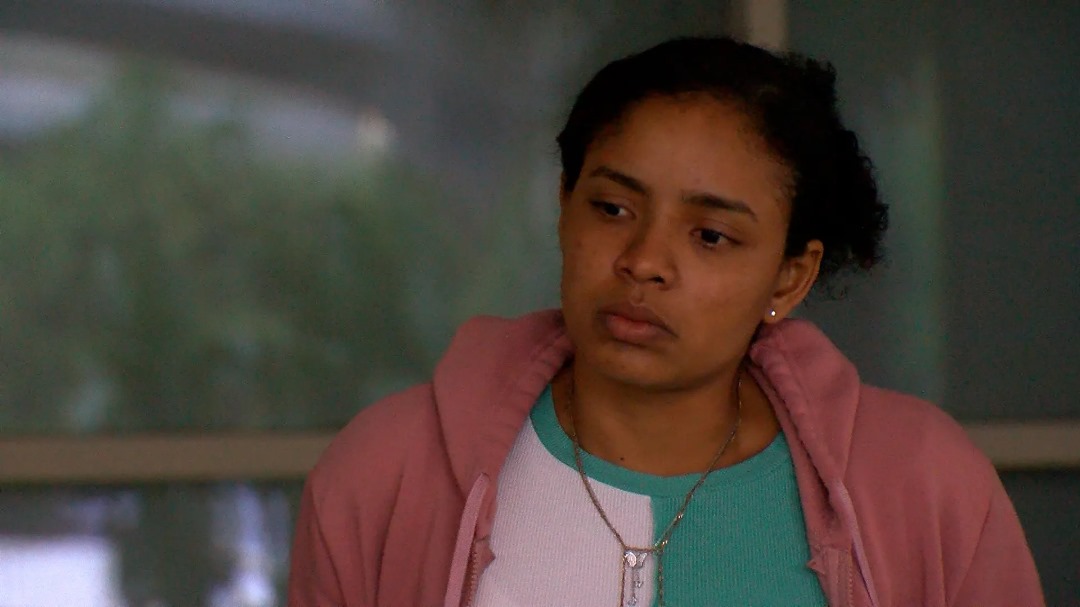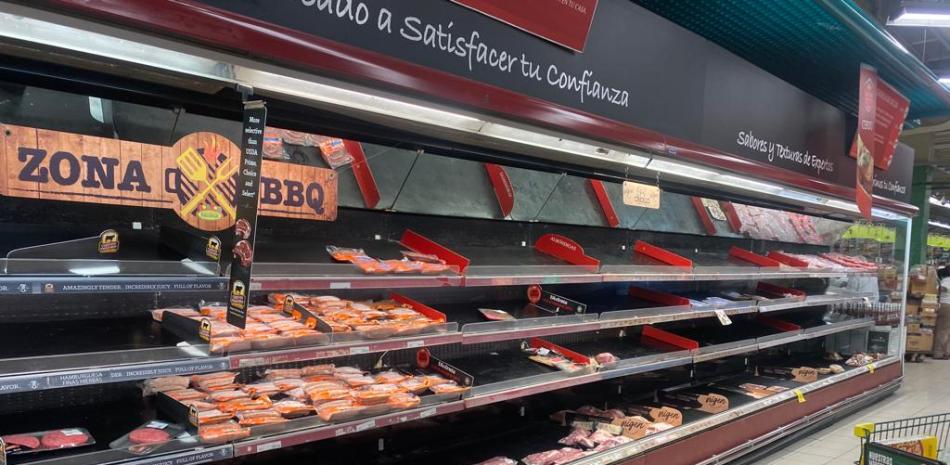The notorious Tenderloin. It’s a symbol of so many problems afflicting San Francisco. Homelessness, drug overdoses, retail theft, general filth.
But I have to admit, it’s one of my favorite neighborhoods in the city.
The Tenderloin reminds me of New York in the 1980s, unkempt, unsanitized, the intersection of Bleecker and the Bowery. There are stretches of sidewalk in the Tenderloin where you have to hold your breath — and close your eyes.
At the same time, there is arguably no other place in the city where it’s easier to strike up a conversation. Life happens on the street in the Tenderloin, not cloistered behind closed doors. The neighborhood has been home to waves of immigrant families from countries spanning Vietnam to Yemen. There are hole-in-the-wall art galleries. Dive bars. And I challenge anyone to find better Thai food in California than in the restaurants of the Tenderloin. (My favorites: Lapats Thai Noodles Bar, Zen Yai, Lers Ros Thai.)
Two weeks ago, I took a walk through the Tenderloin with Jonathan Carver Moore, who owns an art gallery on Market Street on the edge of the district. Moore shares my fascination with the Tenderloin, and he once gave tours of the place.
“I love leaning into the grittiness,” Moore said.
I interviewed Moore for a retrospective, published last week, on my seven years as San Francisco bureau chief for The New York Times. I’ve been looking for signs of rebirth in the city, and I saw some green shoots in the art galleries, shops and restaurants that we visited.
“Art is going to save San Francisco,” Moore said.
On an August afternoon when most of the United States was sweltering in triple digits, it was 68 degrees in the Tenderloin. Moore introduced me to John Vochatzer, who runs a gallery, Calamity Fair, that periodically hosts concerts by local punk bands.
Vochatzer also helps organize an art walk through the Tenderloin on the first Thursday of every month, a self-guided tour of art galleries and performance spaces in the district. He spoke of an optimism that he hadn’t detected in years, partly because rents had come down for apartments and shop fronts.
“Artists, musicians and weirdos can afford this place again,” he said. “For the first time in years, I’m meeting artists who are moving here for the arts scene.”
Vochatzer said that before the pandemic, even in the most down-and-out parts of the Tenderloin, you couldn’t find an apartment for less than $2,000 a month. “Now I know plenty of people who’ve gotten decent-sized studios for $1,200,” Vochatzer said.
I met with Debra Walker, an artist who has lived through the city’s boom and bust cycles, and asked her about this.
“Wealth is like an inflating balloon in San Francisco,” she told me. “When it deflates, as it’s doing now, it gives art more space, more room to breathe.” The artists’ collective where she lives and works in the city recently renewed its lease.
I know what some readers are thinking: What is this guy going to write next week, an ode to Skid Row? The Tenderloin, I recognize, is not for everyone.
In a neighborhood that has so many problems, it may well be naïve to think that it will be a driver of San Francisco’s revitalization. Crime could get out of control. The open-air drug deals on Tenderloin street corners could spawn even more violence. And in just the last two years, a dozen Vietnamese restaurants that relied on customers from City Hall and the nearby courthouses and federal offices have closed, casualties of work-from-home policies that kept customers away.
But for the first time in a while, opportunity seems to be knocking.
Thomas Fuller is now a Page One correspondent for The New York Times, working on the biggest news of the day, and will continue to write articles from Northern California. Heather Knight will start next week as the new San Francisco bureau chief for The Times.
Where we’re traveling
Today’s tip comes from Jessica Gorman, who recommends an oddity in San Bernardino County:
“My partner and I recently took a trip down to SoCal for a wedding. We had some time to spare so a friend of ours told us to visit this abandoned Egyptian building in Chino Hills. Apparently, it was going to be an Egyptian-themed restaurant and was shut down in the midst of the pandemic in 2020 (spooky vibes for sure). It is in the middle of a random shopping center, next to the freeway but strangely enough — it is kind of magical. While there, I kept imagining that this was once someone’s dream. I thought it was worth seeing — it felt like an artifact from the pandemic. Oh, and afterward, you can get a bit to eat (only it won’t be Egyptian food).”
Tell us about your favorite places to visit in California. Email your suggestions to CAtoday@nytimes.com. We’ll be sharing more in upcoming editions of the newsletter.
And before you go, some good news
The Times recently published reader-submitted love stories that are no more than 100 words. I thought I’d finish today’s newsletter with this lovely one from Joseph Bennett:
In July 2000, San Diego Pride held a mass commitment ceremony for several dozen same-sex couples. Single, I attended to witness all the love. “Please turn to your partner and repeat these vows,” the minister said. On a whim, I turned to the handsome stranger next to me. “You wanna do this?” I asked. He said yes. We held hands and repeated the vows. The last one was: “I promise to support you to your highest potential.” Afterward, we kissed and Eli asked: “Now that we’re married, what’s your name?” It’s now been 23 wonderful years of fulfilling our promise.
Thanks for reading. We’ll be back tomorrow.
P.S. Here’s today’s Mini Crossword.
Soumya Karlamangla, Briana Scalia, Maia Coleman and Kellina Moore contributed to California Today. You can reach the team at CAtoday@nytimes.com.
Sign up here to get this newsletter in your inbox.





